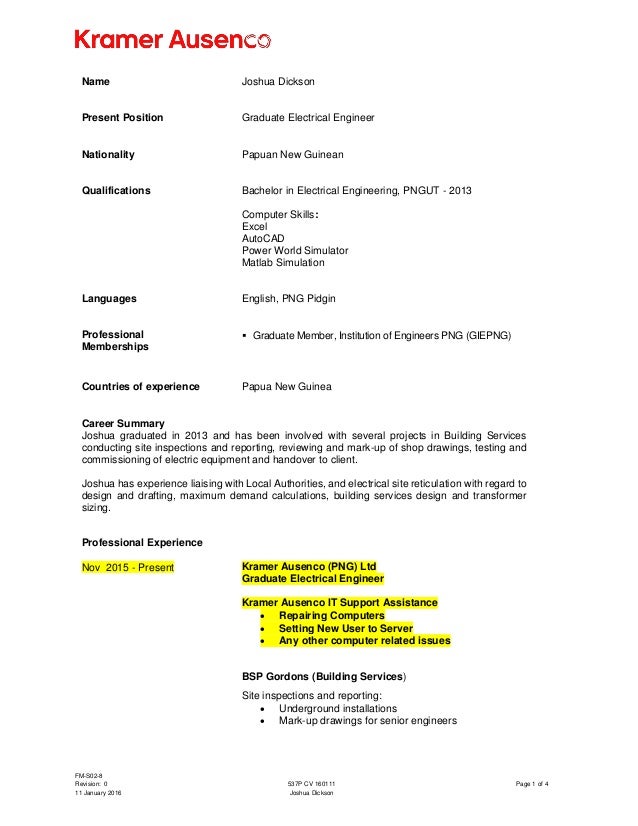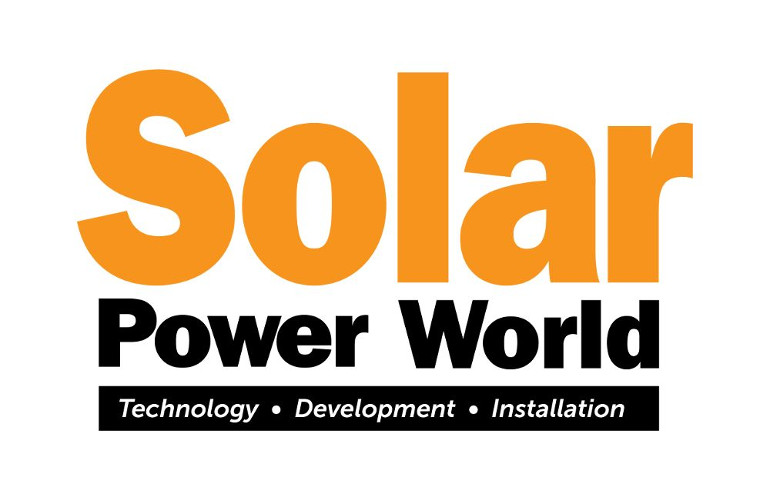

The combined production of the projects, including those in survey stage, those waiting for survey permission and the projects already acquiring permission for production is 1,149 megawatts. Likewise, the Bishnupriya Solar Farm is producing one megawatt power, the Ridi Hydropower as a grid connected solar power project is producing 8.5 megawatts power in Rupandehi and the Mithila Solar PV Power Project is generating 10 megawatts power in Dhanusha. In the Kathmandu Valley, the Kathmandu Upatyaka Khanepani Management Board is operating a 0.68 megawatts capacity plant. Their total production capacity is 20 megawatts. Four projects have been producing solar power. Their production capacity is 60 megawatts in total. Nine projects have sought permission for construction. Their combined production capacity is 568 megawatts. Similarly, 21 projects have acquired permission for survey. The battery bank capacity is 1000 AmpHours at 12 volts.

With a average solar day of 5 hours, 800 watts times 5 hours equals 4000 watts or 4 KiloWatts (4KW). The solar panel array is eight 100 watt panels or 800 watts total. Their total production capacity is 93 megawatts. This Solar Energy Electric Power System Simulation is representative of a small 4 KiloWatt solar energy system. Stating that the NEA has signed power purchase agreement with some projects at the value of Rs 7 per unit, he opined that solar power plants could be installed in land unfit for cultivation.Īccording to the Department of Electricity Development, 16 projects have taken permission for construction. NEA executive director Kulman Ghising says the investment cost of solar power projects is gradually decreasing. NEA has the power purchase agreement with the solar projects to purchase electricity around Rs 7 per unit. The areas surroundings of the Mid-Hill Highway seems suitable for installing solar projects at large scale. The government is clear about not letting the permission for operating a solar project in the arable land. The data of the Department of Electricity Development showed that 33 solar projects have applied for the survey and their accumulated capacity is 408 MW. The Nepal Electricity Authority (NEA) has launched the 25-MW solar project in Nuwakot and the power generation is around 50 percent of the capacity. The solar project is getting attraction at the international level as well. Its use for commercial purposes has begun lately. In the initial phase, the solar power was used for household electrification purposes. The Ministry of Energy, Water Resources and Irrigation has side by side focused on the development and promotion of other primary energy sources including the hydropower projects and this concept is known as the 'energy mix'.Īt the policy-level, the Ministry is providing necessary facilitation the development and expansion of solar energy. Reach out to IRENAto develop and promote your own SolarCity Simulator.Solar power projects continue to attract investors unlike of other sources of alternative energy.
#Projects on power world simulator series#
It is one of a series of web applications developed by the International Renewable Energy Agency (IRENA) as part of the Global Atlas for Renewable Energy.
#Projects on power world simulator simulator#
The SolarCity simulator combines ultra-high-resolution three-dimensional building footprints with solar irradiation data, computed at one metre (m) grid cells. The SolarCityis a web-based simulator application created to help households, businesses and municipal authorities evaluate their prospects for generating electricity using rooftop-mounted solar photovoltaic (PV) systems.įor homes and businesses, the simulator provides the means to calculate likely savings from rooftop solar PV compared to other power sources and based on a cash flow financing model.įor municipal authorities, the simulator supports assessments of different policy incentives – such as generation or capital subsidies – on each city’s rooftop solar PV market.


 0 kommentar(er)
0 kommentar(er)
